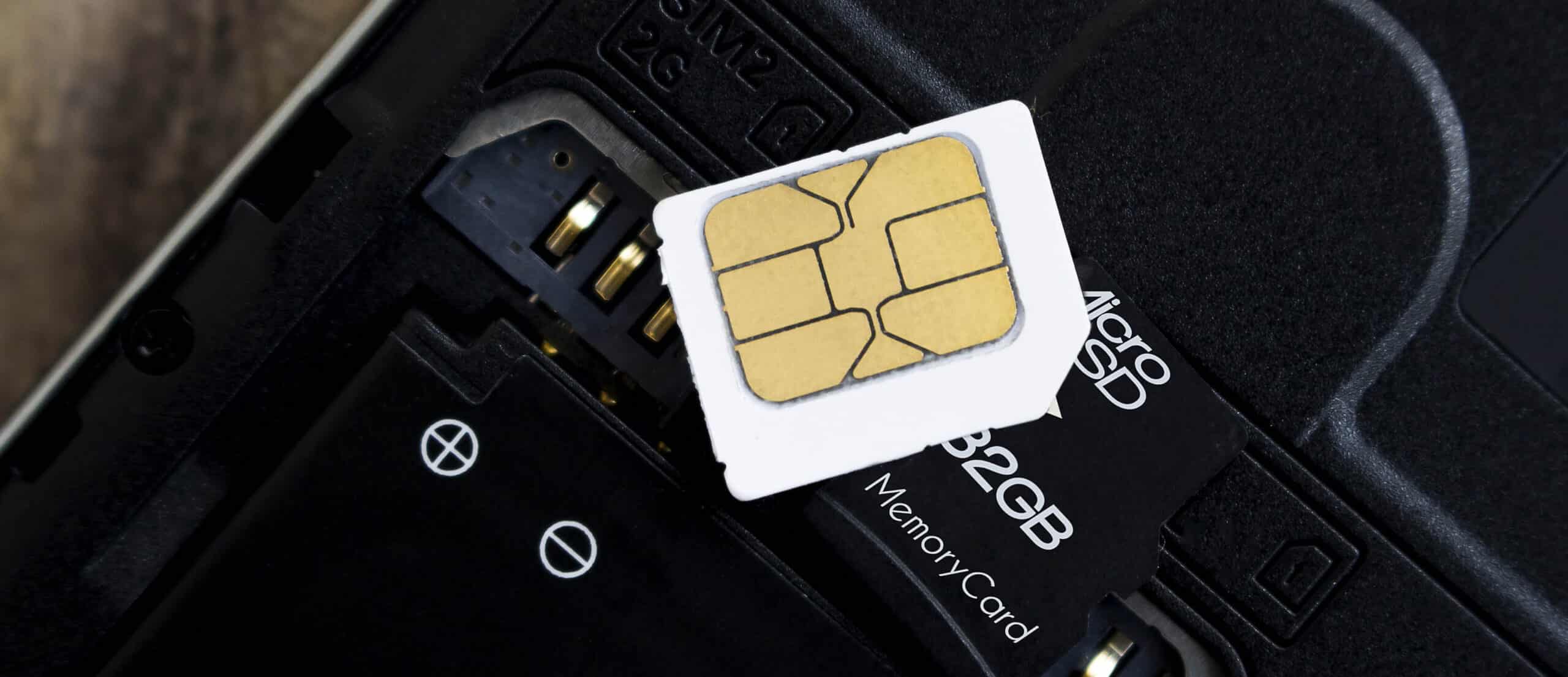A soft SIM, or software SIM, is a digital SIM card integrated into a device’s hardware or software, eliminating the need for a physical SIM card. This approach removes the logistics of distributing and swapping physical cards, frees up space on mobile devices, and reduces hardware complexity.
However, it also has important disadvantages, such as security concerns and compliance issues, stemming from the fact that soft SIM is not a GMSA standard, and mobile network operators (MNOs) may be required by regulators to authenticate users via standard SIMs.
Soft SIMs are especially beneficial for devices that lack the space for a physical SIM slot. Some soft SIMs, depending on their software, can be updated or changed over the air using eUICC technology. This flexibility enables quick transitions between carriers and network configurations without manual intervention.
This is part of a series of articles about Subscriber Identity Module





